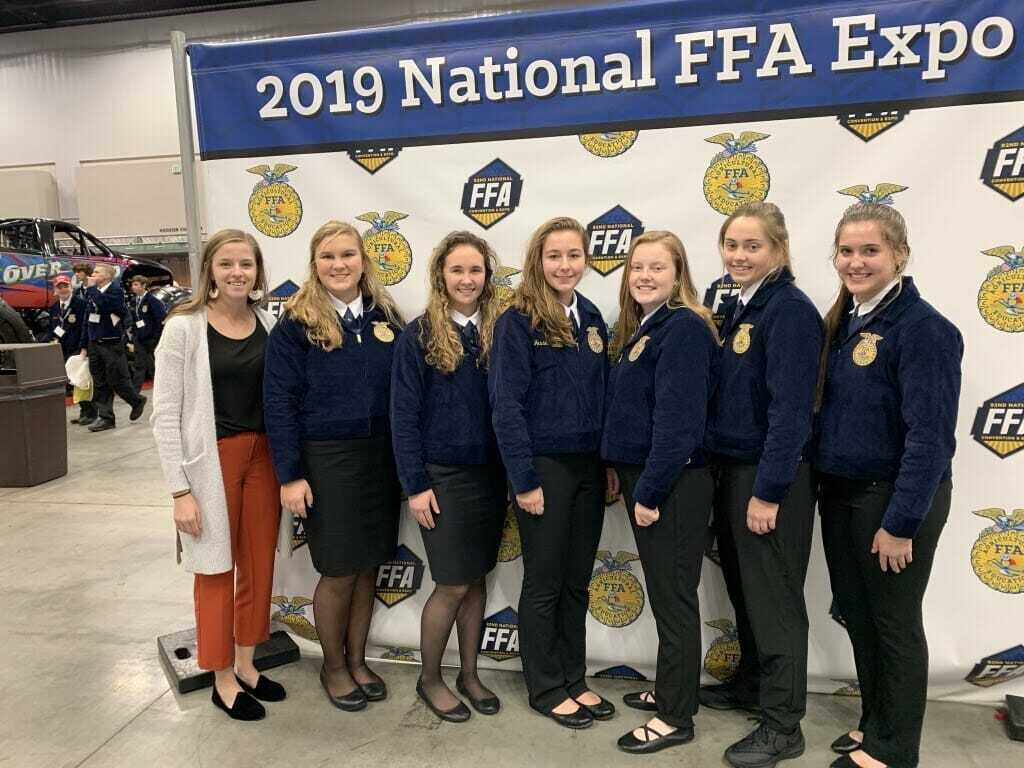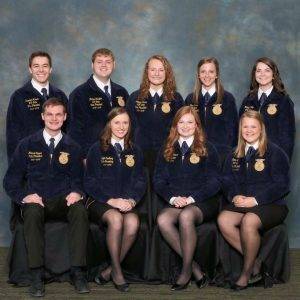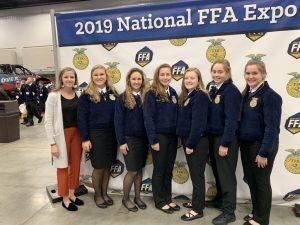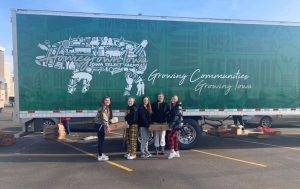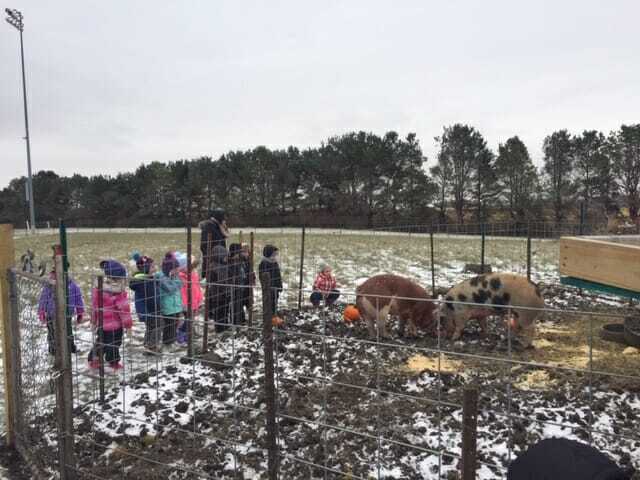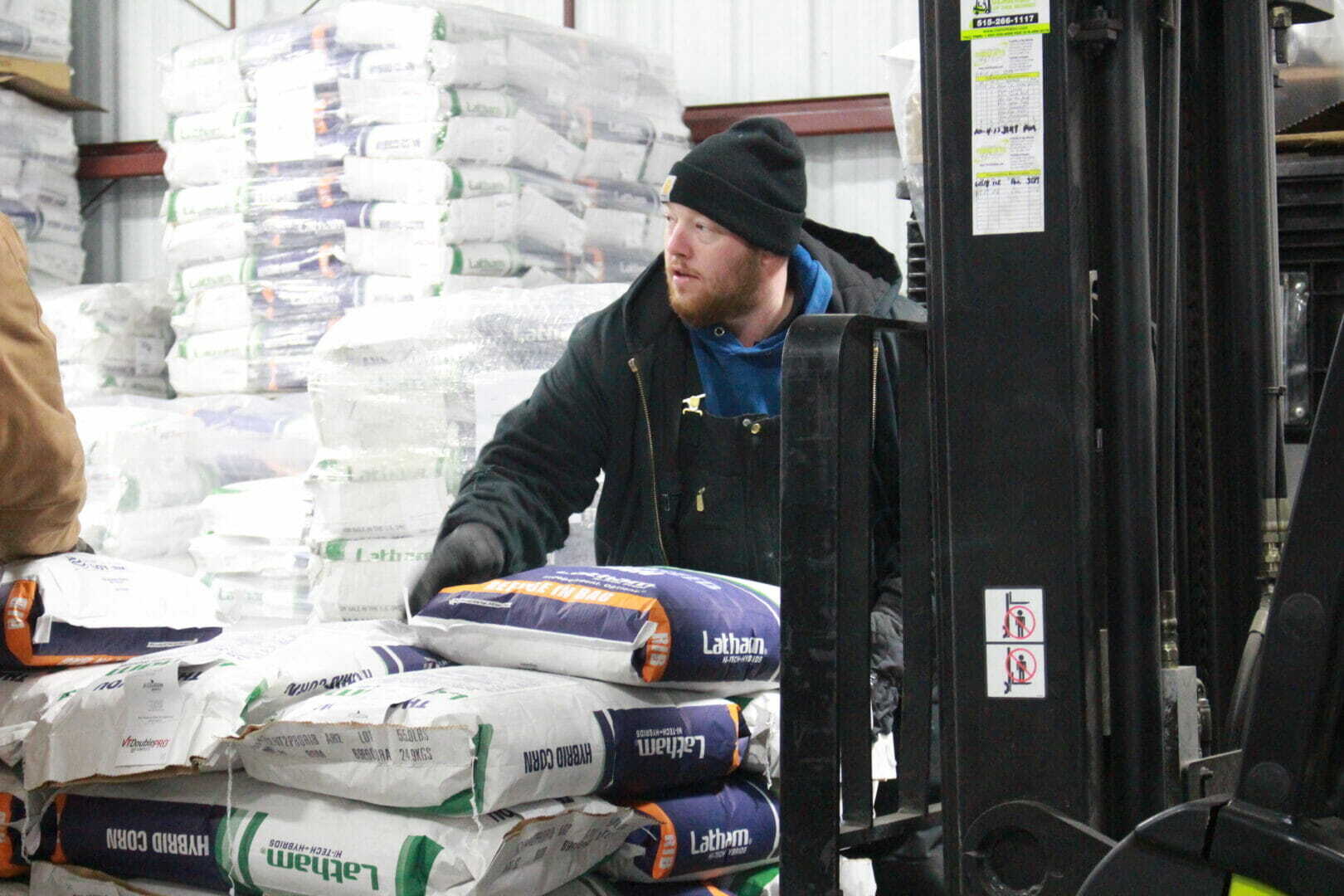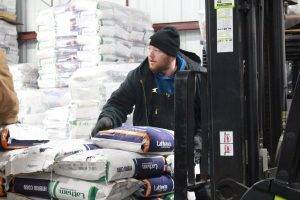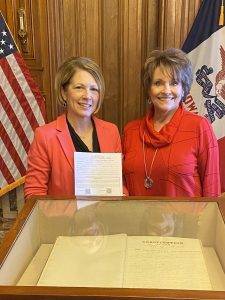guest blog post by Emily Peters, Sales Manager of Agricultural Products for Union Pacific Railroad
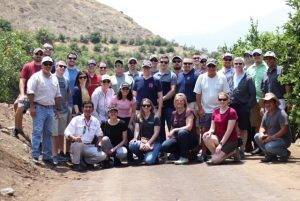 If you watch the news or read the headlines in the paper about all the trade disruptions, you would wonder if there’s a place in this world where U.S. agriculturists are welcome. The truth is every day many people share the story of American agriculture.
If you watch the news or read the headlines in the paper about all the trade disruptions, you would wonder if there’s a place in this world where U.S. agriculturists are welcome. The truth is every day many people share the story of American agriculture.
Earlier this spring I had the opportunity to attend a trade mission with the Iowa Corn Growers’ Iowa Leadership Enhancement and Development (I-LEAD) program. About a year and a half ago, my I-LEAD classmates and I debated where to go for our trade mission. Our final two options were (1) China; and (2) Peru, Colombia, and Panama.
Option 2 won by a slim margin because we thought it was important to meet with steady trade partners, even if they weren’t as large.” Our I-LEAD class departed Des Moines on March 2, 2020, with the mission of learning about, strengthening and growing important trade partnerships for U.S. agriculture.
 Throughout the trip, we visited with local representatives of the U.S. Grains Council (USGC), USDA’s Foreign Agricultural Service (FAS), U.S. Meat Export Federation (USMEF) and the U.S. Embassy in both Peru and Colombia. Maintaining these relationships was a key theme.
Throughout the trip, we visited with local representatives of the U.S. Grains Council (USGC), USDA’s Foreign Agricultural Service (FAS), U.S. Meat Export Federation (USMEF) and the U.S. Embassy in both Peru and Colombia. Maintaining these relationships was a key theme.
One representative from the USGC said it best, “Latin America is a constant and consistent consumer as long as you don’t ignore her.”
I was impressed by the great talent working in our foreign Ag sectors. They are doing important work. For example, they work with local politicians to structure and implement price-band systems that make U.S. corn more price competitive with grain from other countries. A tour of the National Institute of Agriculture queued us into the growing interest among Peru’s science community to understand how GMOs could help their populations. While Peru does not allow local growth of GMO crops, importing GMO corn is critical to feeding its growing poultry market.
We met with large customers of U.S. corn. Not only did they express appreciation for our corn, but they also showed us how much U.S. corn supports their businesses. We toured the production facility of Huevos Kikes, the largest egg production company in Colombia. It produces five million eggs daily, and egg production is expected to grow to six million eggs daily by the end of 2020!
Eighty percent of the corn used by Huevos Kikes for feed rations comes from the United States. We reassured company representatives that we have plenty of corn available to meet their growth expectations. We also visited an Ingredion corn processing facility, which produces germ, gluten/feed, syrup, gluten meal, modified starch, and slurry-suspended starch. This facility imports 385,000 tons of #2 yellow corn annually, and 100% of that comes from the United States!
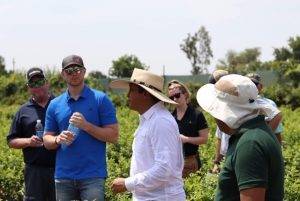 The farms we toured were amazing! They were vast in size. They also were diverse and faced unique challenges to what we see in the Midwest. One farm we visited raises 30 different fruits, accounting for more than 1 billion pieces of fruit annually. This same farm also grows avocados and feeds seven million chickens.
The farms we toured were amazing! They were vast in size. They also were diverse and faced unique challenges to what we see in the Midwest. One farm we visited raises 30 different fruits, accounting for more than 1 billion pieces of fruit annually. This same farm also grows avocados and feeds seven million chickens.
Geography determines where citrus can be planted. We toured a 4,000-acre piece of ground in a narrow mountain valley that is devoted to mandarins and avocados. The area south of Peru is extremely dry, requiring costly irrigation for all production ground. It costs $80,000 to drill a well 100 meters deep.
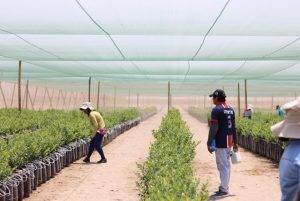 Another farm we visited raises asparagus, papaya, and blueberries. I found blueberry production extremely interesting. This farm was in the middle of a desert. All its blueberries are grown in bags of soil, so they can be immediately certified organic. Nearly all the blueberries raised here are exported, as local Peruvian consumers are not yet accustomed to the taste.
Another farm we visited raises asparagus, papaya, and blueberries. I found blueberry production extremely interesting. This farm was in the middle of a desert. All its blueberries are grown in bags of soil, so they can be immediately certified organic. Nearly all the blueberries raised here are exported, as local Peruvian consumers are not yet accustomed to the taste.
Just as Midwestern bankers are reserved about lending to specialty crop farms, Peruvian bankers are not yet comfortable providing loans for blueberry farms despite the crop’s enormous margins. Lenders in Peru are more familiar and, therefore, more willing to lend for asparagus and papaya production.
 Our last stop before heading home to America the Panama Canal. I’m so glad we made the stop because its immensity is something you can’t grasp from pictures. The Canal spans 50 miles with three lock-steps on each side, and Lake Gatun is in the center. The ships passing through the locks were HUGE.
Our last stop before heading home to America the Panama Canal. I’m so glad we made the stop because its immensity is something you can’t grasp from pictures. The Canal spans 50 miles with three lock-steps on each side, and Lake Gatun is in the center. The ships passing through the locks were HUGE.
Two-thirds of all vessels going through the Panama Canal are either going to or coming from the United States. One hundred percent of U.S. corn going to Peru and 50% of U.S. corn going to Colombia travels through the Panama Canal. Without this canal, ships would have to travel an additional 8,000 miles around Cape Horn.
Our trip reiterated the importance of maintaining relationships with steady trade partners. During this uncertain time with China, our largest trading partner, it was refreshing to meet with trade partners like Peru and Columbia who WANT to buy U.S. products.
In addition, my eyes were opened to how important it is to understand what is valuable to various sectors within the agricultural industry. For example, some critics of our trade agreements will argue the volume of corn exported from the United States to their countries far outpaces the volume of crops they export to us, therefore, creating an unfair trade imbalance. However, their specialty crops are more valuable per unit. Although we don’t produce citrus, avocados, or commercial flowers here in the Midwest, those producers are important allies in defending trade agreements that make U.S. producers preferred suppliers.
Finally, this incredible opportunity reminded me of how blessed we are. A HUGE thanks to Iowa Corn, and all the generous sponsors like Latham Hi‑Tech Seeds, for granting the trip of a lifetime to 25 of us aspiring Ag leaders.
Today I’m sharing with you a recipe for empanadas from Food & Wine as this is a delicious meal that is often served in Peru.

 Our opening weekend was event-filled from goat yoga to chainsaw art carving demonstrations by Logs 4 Heroes to a visit from the cookie dough food truck. We also hosted a succulent planting workshop, and Sarah Morton Fitness of Hampton taught a fun goat yoga class in our pasture.
Our opening weekend was event-filled from goat yoga to chainsaw art carving demonstrations by Logs 4 Heroes to a visit from the cookie dough food truck. We also hosted a succulent planting workshop, and Sarah Morton Fitness of Hampton taught a fun goat yoga class in our pasture.






